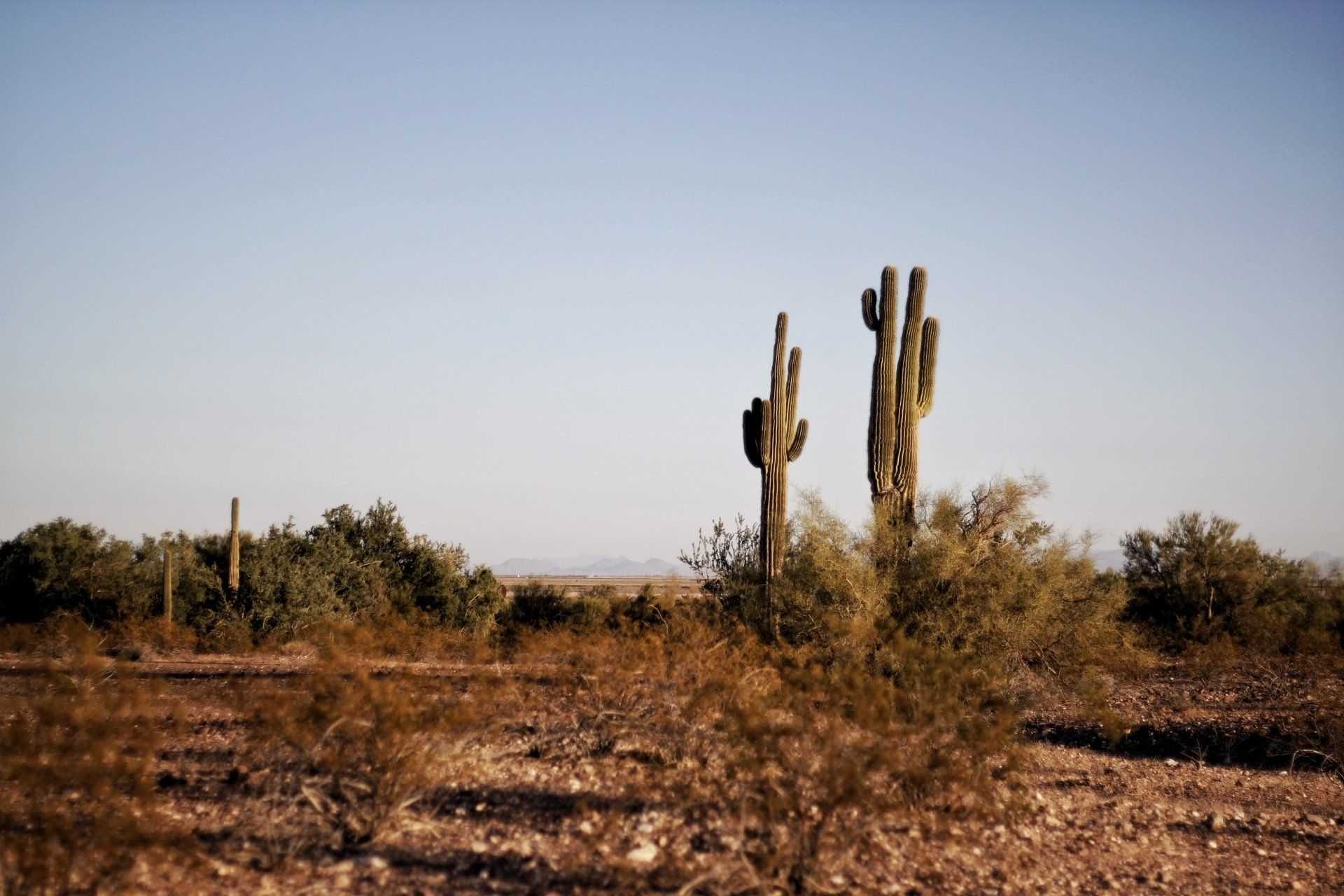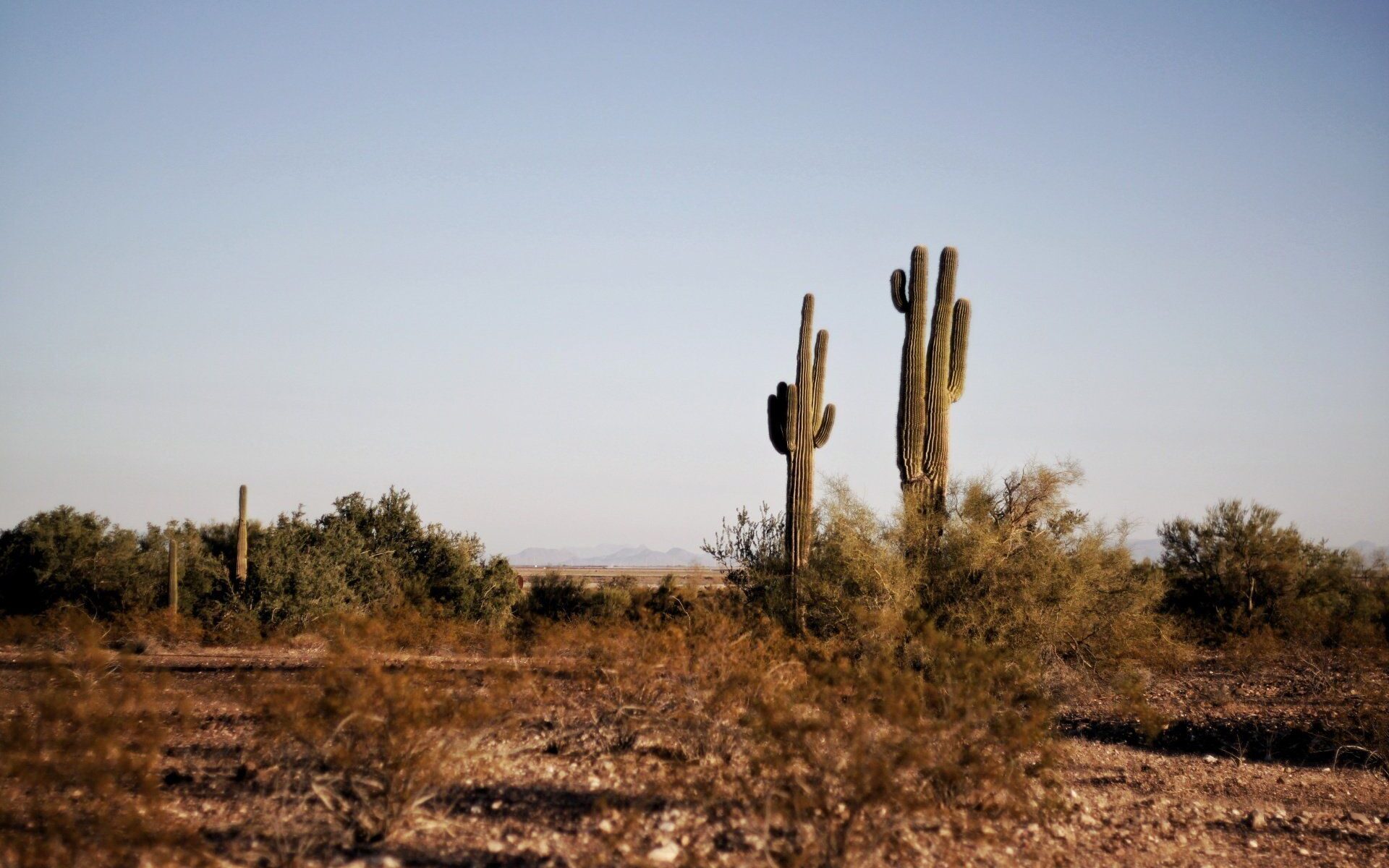EcoPerspectives Blog
Arizona’s Extreme Heat and Its Effect on the Homeless Population
By Vaughn Ford-Plotkin, Staff Editor for the Vermont Journal of Environmental Law
March 23, 2022

For many people living in the United States, experiencing temperatures that exceed 110 degrees Fahrenheit is unfathomable, but for the residents of Maricopa County, Arizona, this is an almost daily occurrence during the Summer months. These extreme temperatures are becoming more common throughout the rest of the year as well. In 2020, Phoenix, Arizona had 145 days where the recorded temperature exceeded 100 degrees, with 102 of those days exceeding 105 degrees . The effects of extreme heat are impossible for anyone to fully escape, as constant water consumption, avoiding direct sunlight, and the use of Air Conditioning are recommended to “Survive the Summer” in Phoenix . While mitigation strategies do exist, this did not prevent 323 heat related deaths from occurring in Maricopa County in 2020 . In September 2021, there were already 113 heat related deaths, up from 55 at the same time in 2020 . Of the 323 deaths in 2021, 146 of these deceased individuals were identified as being homeless .
Homeless people suffer the effects of extreme heat in Maricopa County with little opportunity for mitigation because they lack access to adequate hydration and air-conditioned indoor repose. Encampments have developed across Maricopa County. These encampments are where unsheltered homeless people use makeshift tents and umbrellas in attempt to avoid direct sunlight and escape the heat. The largest of these encampments was next to my employer’s office over the Summer of 2021. Through participation in handing out cold water bottles and other materials, I learned first-hand that volunteer efforts such as these were largely depended on by the unsheltered community to stay alive. As rent prices increase and the amount of accessible living situations dwindle, more of these encampments have appeared across Maricopa County . These numbers will only grow as the number of homeless individuals in Arizona continue to increase .
These living conditions are already abhorrent, but they are made even more demeaning by the constant reported misconduct and abuse homeless individuals suffer at the hands of Phoenix Police . Reported instances include police officers disposing of homeless people’s possessions when doing “clean ups” at encampments, and arresting advocates who attempt to help protect and give a voice to the homeless people in Maricopa County . These actions by Phoenix Police have even led to a DOJ investigation into the constitutionality of the conduct taken towards homeless individuals . Attempting to survive the extreme heat waves without shelter, while being harassed and displaced by police officers, adds insult to injury for homeless individuals in Maricopa County. This mistreatment of people suffering one of the most dehumanizing and unsettling experiences one can imagine holds up a mirror to us as a society. This leads to important questions we need to ask ourselves: Are we encouraging the abuse and neglect of the most disenfranchised people in our society? Are we ignoring it out of disdain or fear? And what, besides four walls and a roof, separates us from these individuals?
While these are important question to ask, they are philosophical and abstract in nature. This article is meant to broach them, but I also would like to address the tangible and direct actions that can be taken to help homeless people while these philosophical dilemmas are pondered.
In Phoenix, there’s a group called UnshelteredPhx who operate as a street watch team that documents homeless people and their interactions with the police . They also operate as a volunteer service and fund raiser. They collect supplies like water and umbrellas in the summer to give to homeless individuals, and blankets and jackets for the winter months . This is an example of mitigation at a grassroots level to help prevent homeless people from experiencing injury and death from the effects of extreme heat. These direct actions are helpful during the present extreme weather being faced, but long terms actions and plans are just as important. Lobbying city councils to construct more shelters with adequate space and the development of more affordable housing options are good long-term actions to get people off the streets and out of the heat. Extreme heat in Arizona will continue to be life threatening, as it is a desert in the middle of its 27th year of an extreme drought . Despite these facts, there is no excuse for the continued deaths of homeless people. The resources exist to prevent these tragedies from continuing to occur. Homeless people are still people, entitled to the same rights as sheltered individuals. The treatment of the most vulnerable and disenfranchised people speaks directly about us as a society; what do you want it to say?

